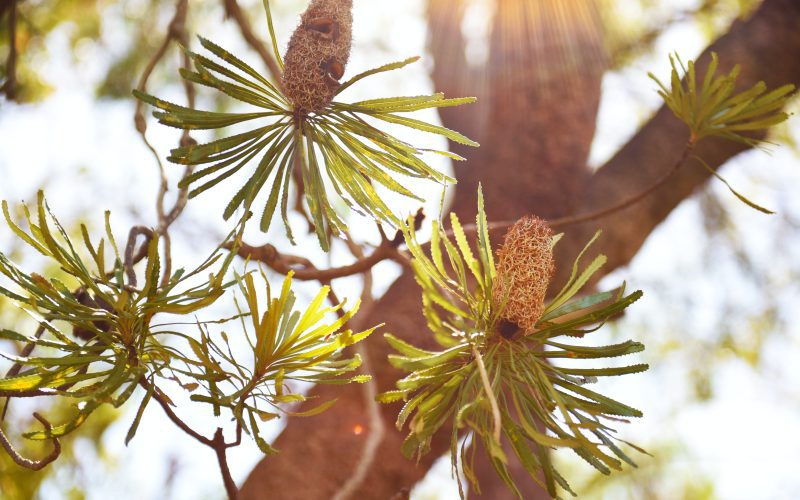Byline: [Your Name] Publication: [Publication Name] Date: [Date] [Lead Paragraph] In the face of escalating water scarcity and the urgent need for conservation, creating a beautiful garden while minimizing water usage has become a paramount concern for environmentally conscious homeowners. This article delves into the art of designing a garden oasis on a drought diet, providing valuable water-wise tips that will help transform your landscape into a stunning sanctuary while preserving our planet’s precious resources.
[Subheading 1: Choosing Drought-Tolerant Plants] One of the cornerstones of a water-wise garden is the careful selection of drought-tolerant plants. These resilient species are equipped to withstand periods of low water availability without compromising their aesthetic appeal. Succulents, such as agave and aloe vera, boast intricate geometrical patterns and vibrant hues that can lend a desert-inspired charm to your landscape. Mediterranean herbs like lavender and rosemary not only thrive in arid conditions but also release pleasant fragrances that enhance the sensory experience of your garden. Native plants are another excellent choice, as they have adapted to the local climate and require minimal irrigation once established. [Subheading 2: Efficient Irrigation Systems] Implementing efficient irrigation systems is essential for maximizing water conservation in your garden. Drip irrigation, for instance, ensures that water is delivered directly to the plants’ root zones, minimizing evaporation and runoff. This method allows for precise control over water distribution and significantly reduces overall water usage. Another option to consider is installing a rainwater harvesting system, which collects and stores rainwater for later use in your garden. These systems can be as simple as a rain barrel or as complex as underground cisterns, providing a sustainable water source during dry spells. [Subheading 3: Mulching and Soil Health] Mulching is an invaluable technique that helps retain soil moisture, suppress weed growth, and regulate soil temperature. Applying a layer of organic mulch, such as wood chips or straw, around plants conserves water by preventing evaporation and reducing the need for frequent watering. Additionally, investing in improving soil health through the addition of compost and organic matter enhances its water-holding capacity. Healthy soil teeming with beneficial microorganisms allows plants to develop deeper root systems, making them more resilient to drought conditions. [Subheading 4: Practical Design Strategies] Strategic design choices can significantly contribute to water-wise gardening. Grouping plants with similar water needs together allows for efficient irrigation targeting. Creating microclimates by incorporating shade structures, like pergolas or strategically placed trees, reduces evaporation and shields sensitive plants from harsh sun exposure. Consider replacing large expanses of water-demanding lawns with hardscapes, permeable paving, or native groundcovers to minimize water usage while adding visual interest to your garden. [Subheading 5: Community Engagement and Education] Building a water-wise garden is not just a personal endeavor but also an opportunity to engage and educate your community. Share your experiences and successes with others to inspire them to adopt similar practices. Consider hosting workshops, participating in local garden tours, or joining conservation organizations to promote sustainable gardening techniques. By fostering a culture of water-wise landscaping, we can collectively make a significant impact on water conservation efforts. [Conclusion] As climate change intensifies and water resources become increasingly scarce, creating a garden oasis on a drought diet is both an ecological imperative and a rewarding endeavor. By implementing these water-wise tips, you can transform your landscape into a stunning sanctuary that not only thrives during periods of low water availability but also sets an example for sustainable living. Embrace the challenge, and let your garden become a symbol of harmony between beauty and environmental responsibility. [Author Bio] [Garden Oasis on a Drought Diet: Water-Wise Tips for a Stunning Landscape












